Ten era‑defining masterpieces—ranked, explained, and celebrated.
The 2020s have already been a whirlwind: boundary‑pushing RPGs, prestige horror, design‑driven co‑op, open‑world epics, and cozy life sims that became cultural touchstones. To keep this list focused, we prioritized games that earned major awards, reshaped their genres, or captured a moment—and then weighed lasting design influence alongside sheer fun. These ten aren’t just technical showcases; they’re the experiences players still talk about, revisit, and recommend without hesitation. From sprawling adventures where choices ripple for dozens of hours to pick‑up‑and‑play joys that made difficult years feel lighter, here are the best games of the decade so far—ranked.
10) Animal Crossing: New Horizons (2020)
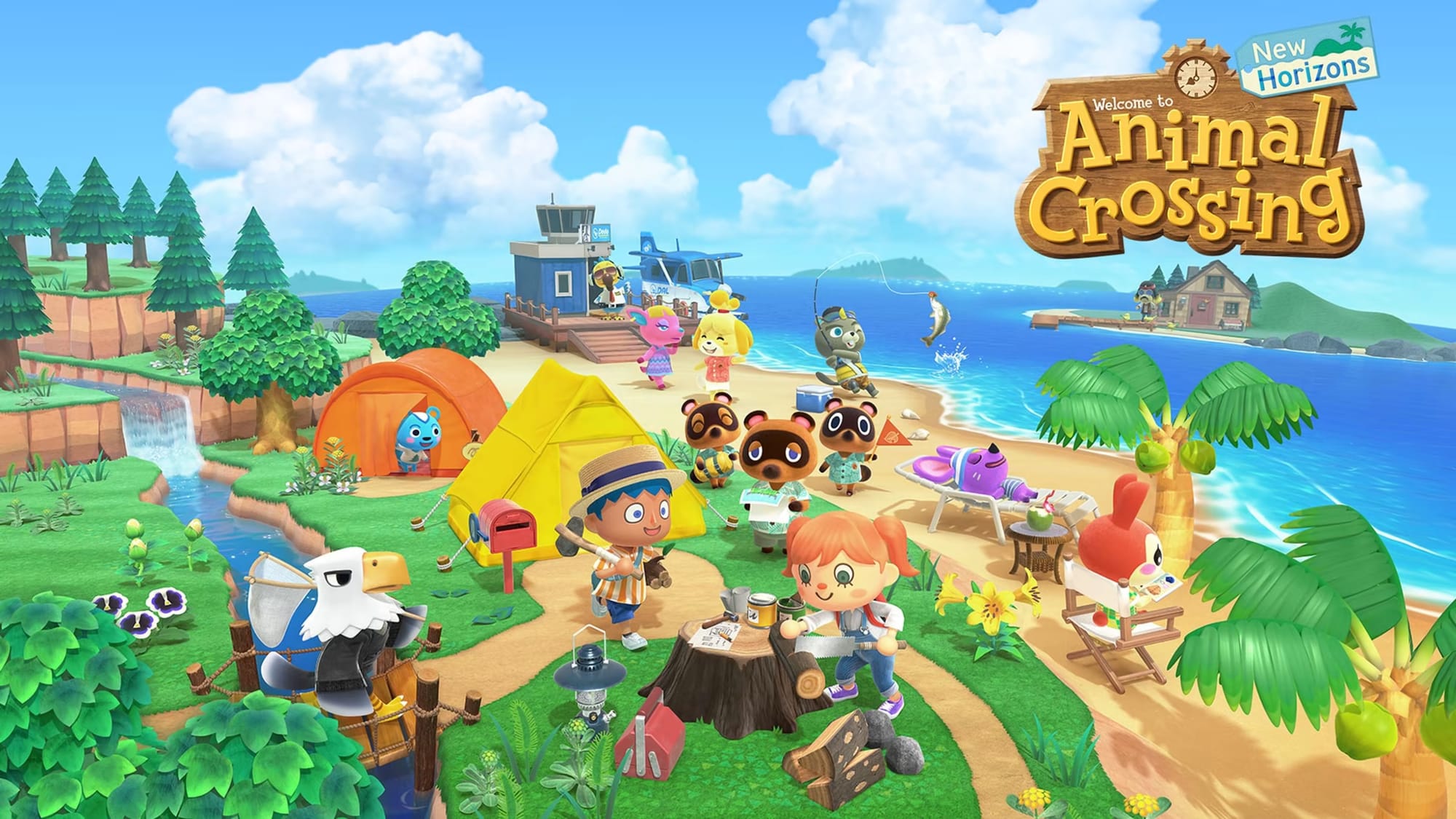
Animal Crossing: New Horizons became a cultural touchstone by offering a gentle, persistent place to be. Its loop—gather, craft, decorate, befriend—is soothing, but the real magic lies in ownership and ritual. Your island reflects you: paths, layouts, and seasonal decor slowly coalesce into a lived‑in home. Villagers feel like neighbors, not quest dispensers, their small conversations building affection over months. Real‑time seasons and events give the pace of life, not a content treadmill, and incremental goals keep returns inviting. Multiplayer and Dream Addresses turn inspiration into a communal exchange of ideas, screenshots, and surprise visits. There are no “builds,” only vibes; progress is measured in memories and in how a room finally feels right. It’s hard to overstate the solace of a game that asks little yet gives stability, routine, and twinkling delight. Even after long breaks, Isabelle’s announcements, K.K.’s songs, and the museum’s quiet hush welcome you back like neighbors, making wellness—not conquest—the point of your playtime each day.
9) Forza Horizon 5 (2021)

Forza Horizon 5 is open‑world driving at its most welcoming and exuberant. Set across a lavish Mexico, its biomes—deserts, jungles, coastlines, and a simmering volcano—flow into each other like themed tracks inside a single playground. Handling strikes a sweet balance between simulation and arcade, letting you feel weight transfer and grip without punishing experimentation. Seasonal playlists, story expeditions, and community creations give the festival a rhythm that rewards short bursts and deep weekend binges alike. The car roster is ridiculously generous, but crucially the progression never walls off fun behind grind. Accessibility and tuning options invite everyone, while photo mode and EventLab empower expressive play beyond races. Online convoying is smooth, drift zones and danger signs are irresistible, and even losing a race earns credits, fans, and stories. If you believe open worlds should celebrate motion first, this is a joyous manifesto on four wheels. Controller rumble and audio design sell speed, terrain, and torque with surprising tactile presence too.
8) It Takes Two (2021)
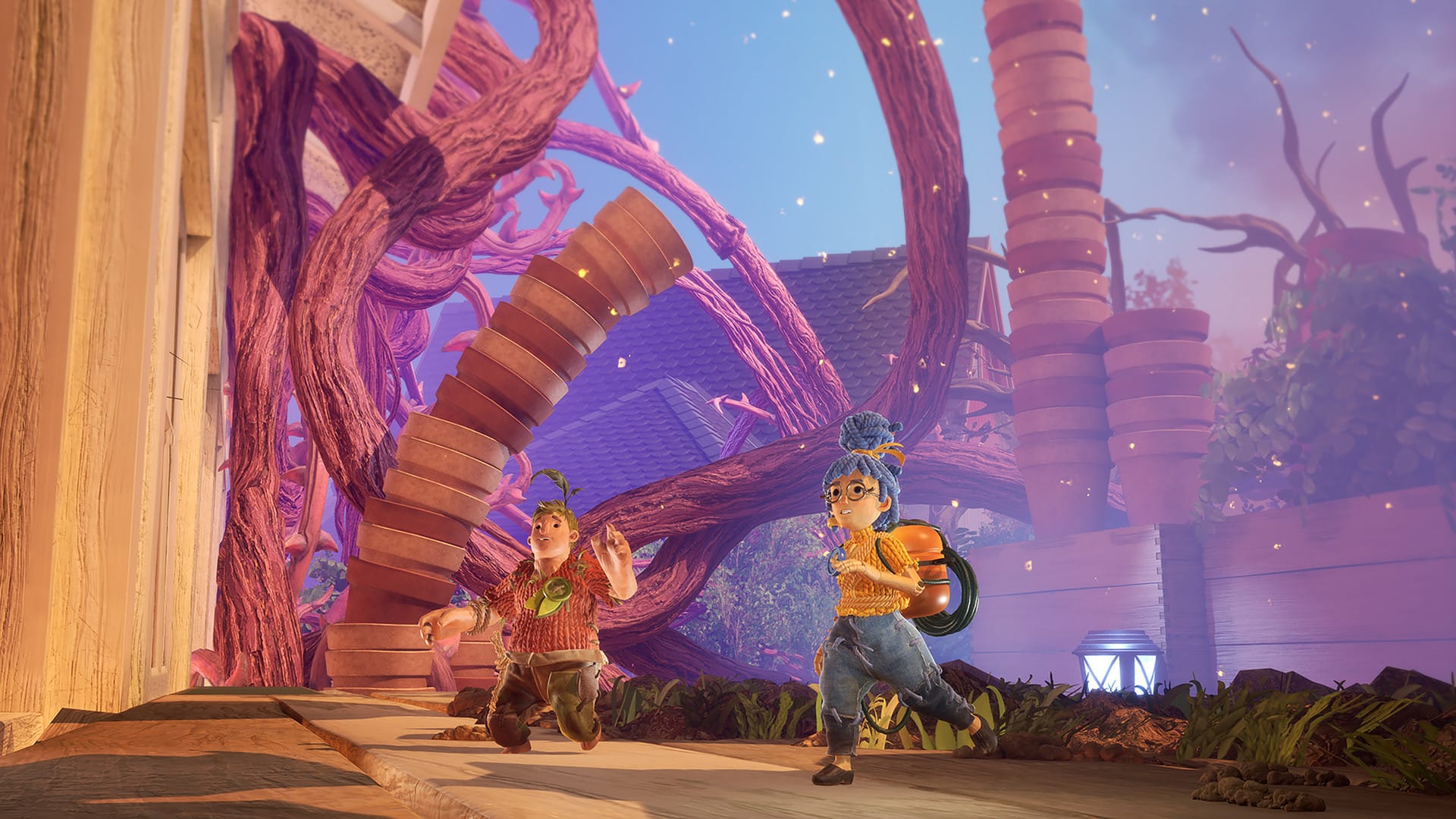
It Takes Two is a co‑op opus that never stops inventing. Every chapter introduces new mechanics—magnetism, time control, fidget‑spinner flight—and discards them before they grow stale. The genius is variety married to metaphor: tools mirror the struggling couple’s relationship, turning platforming into therapy through play. Hazelight’s split‑screen staging keeps both players active, not waiting; set pieces demand communication, trust, and occasional mischief. Every environment is a toy box with personality, from garden boss fights to a rhythmic space opera featuring a charismatic DJ. Difficulty is tuned for delight, with generous checkpoints and challenges that teach through doing rather than punishing failure. It’s also a comedic triumph, landing slapstick and situational humor without undercutting tenderness. By the end, you’ve shared not only puzzles but perspective, remembering how games can create empathy through cooperation—two minds synchronized by joyful design, high‑five after high‑five. Replay it with a new partner and the gags, timing, and asymmetrical roles feel fresh, revealing generosity in the design.
7) Hades (2020)
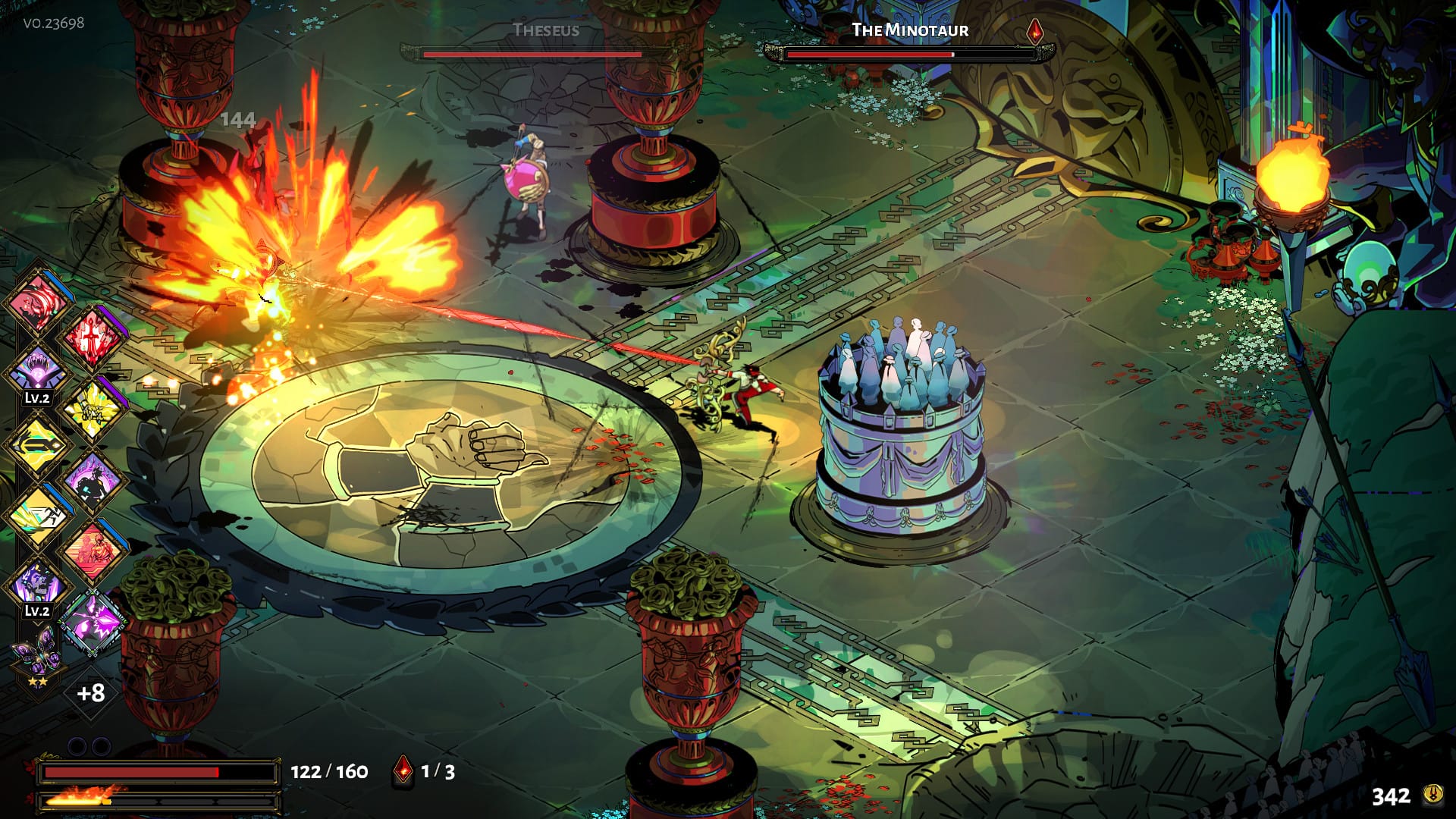
Hades threads roguelike repetition into an irresistible narrative loop. Each escape attempt from the underworld pushes storylines forward as characters react to your failures and triumphs with wit and warmth. The buildcraft is intoxicating: boons from Olympian gods combine into synergies that make every run feel new, while the Mirror of Night and weapon Aspects nudge experimentation. Supergiant pairs razor‑sharp combat with immaculate presentation—painterly art, Darren Korb’s propulsive soundtrack, and Logan Cunningham’s thunderous, tender voice work. Crucially, progression respects your time; difficulty modifiers (Heat) let you tune challenge upward without grinding, and God Mode eases newcomers in. Runs are brisk, inputs responsive, and death is not failure so much as feedback. It’s a game about stubborn optimism, found family, and the joy of getting better, framed through dashes, casts, and satisfying thwacks. Few titles blend mechanics and myth with such verve; fewer still make perseverance feel this stylish. Even after credits, weapon variants and epilogue quests sustain delicious long‑term momentum.
6) Alan Wake II (2023)
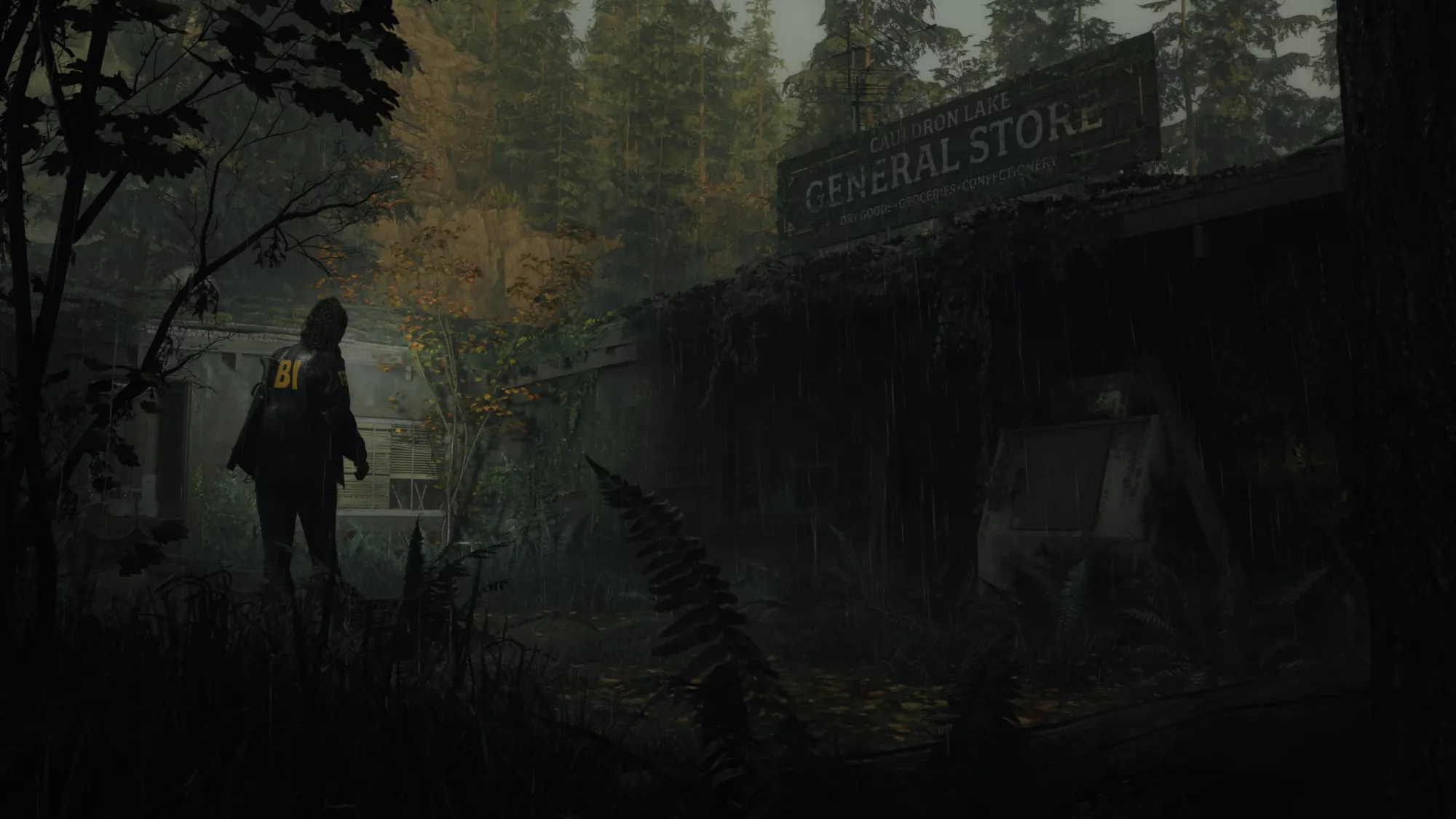
Alan Wake II is a fever dream of metafiction, treating survival horror like a writer’s room where reality is revised. Remedy’s dual‑protagonist structure alternates between Saga Anderson’s grounded detective work and Alan’s shifting nightmare, and you can choose whose thread to follow. Live‑action sequences, musical interludes, and environmental storytelling blur mediums without feeling gimmicky. Combat is deliberate and vulnerable—light becomes lifeline, inventory decisions matter, and every encounter carries the dread of scarcity. The profiler and writers’ room boards visualize investigation and revision, turning narrative puzzles into playable mechanics. The result is a moody, stylish thriller that rewards attention to detail and rewards replays with foreshadowing you’ll finally catch. Crucially, its scares support story, not cheap shocks, building a tone that’s unsettling yet strangely humane. It’s bold, weird, and cohesive—a rare sequel that reframes its predecessor while carving out a singular identity. Few big‑budget games take risks this confidently, and fewer still land them with such audiovisual polish and narrative control.
5) God of War Ragnarök (2022)
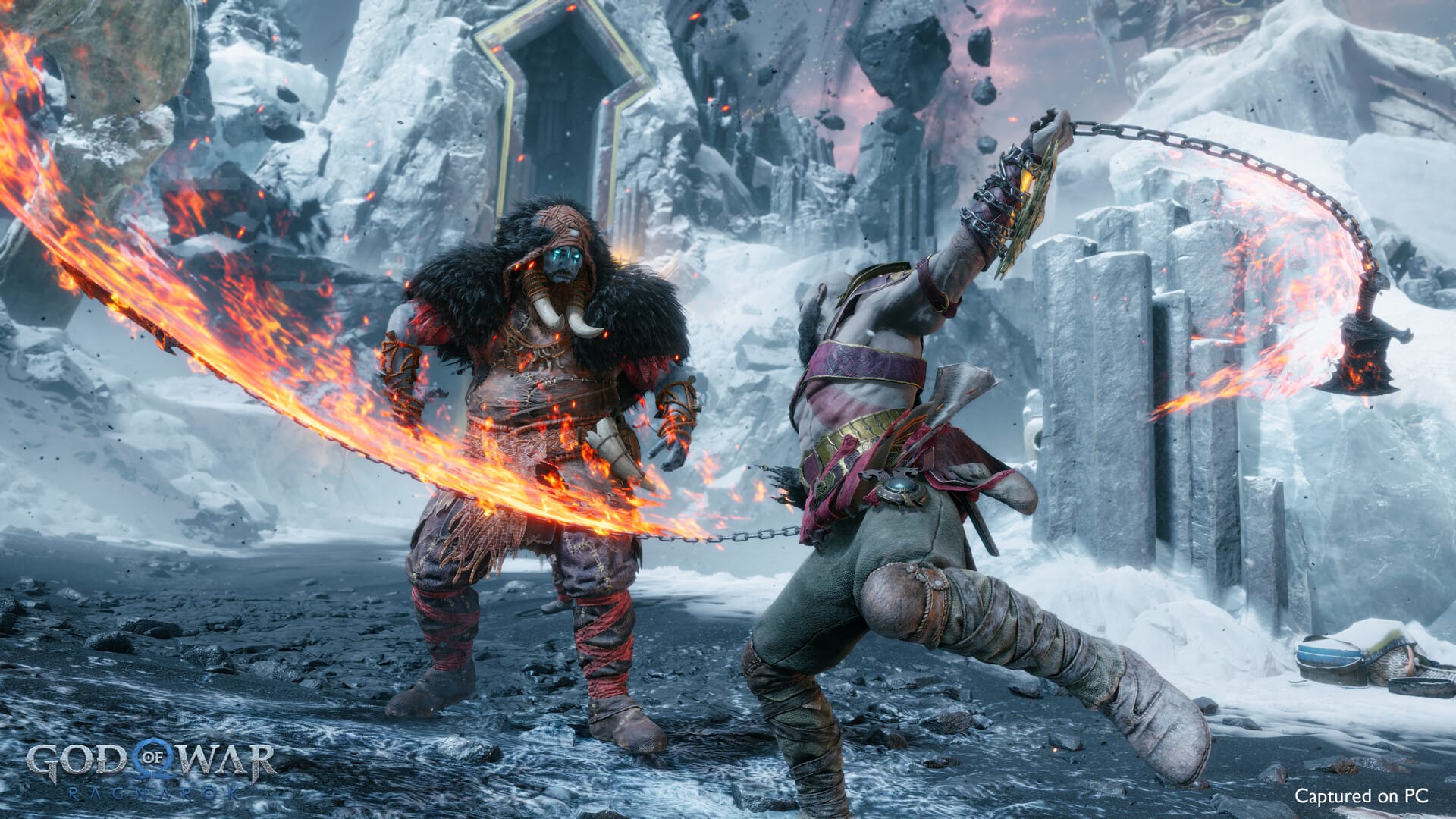
God of War Ragnarök refines 2018’s reinvention into a sweeping, generous sequel that seldom wastes a minute. Combat layers elemental interactions, weapon stances, and companion commands into rhythmic, readable encounters that reward aggression and timing. Side quests—Favors—aren’t filler; they’re character studies masquerading as adventures, deepening themes of fate, parenthood, and chosen responsibility. Realms feel distinct in tone and traversal, while accessibility options and difficulty settings welcome more players without diluting mastery. The camera’s intimacy grounds spectacular set pieces in physicality; every axe recall, parry, and shield slam lands with sculpted heft. Crucially, downbeats matter: quiet walks, jokes, and arguments shift relationships in ways that pay off hours later. The result is a blockbuster that balances mythic stakes with domestic nuance, ending storylines while opening space for new ones. It proves prestige action games can be brawny and vulnerable, strategic and cinematic, all at once. Optional hunts and puzzles enrich the map, rewarding curiosity with lore, loot, and heartfelt closure too.
4) The Last of Us Part II (2020)
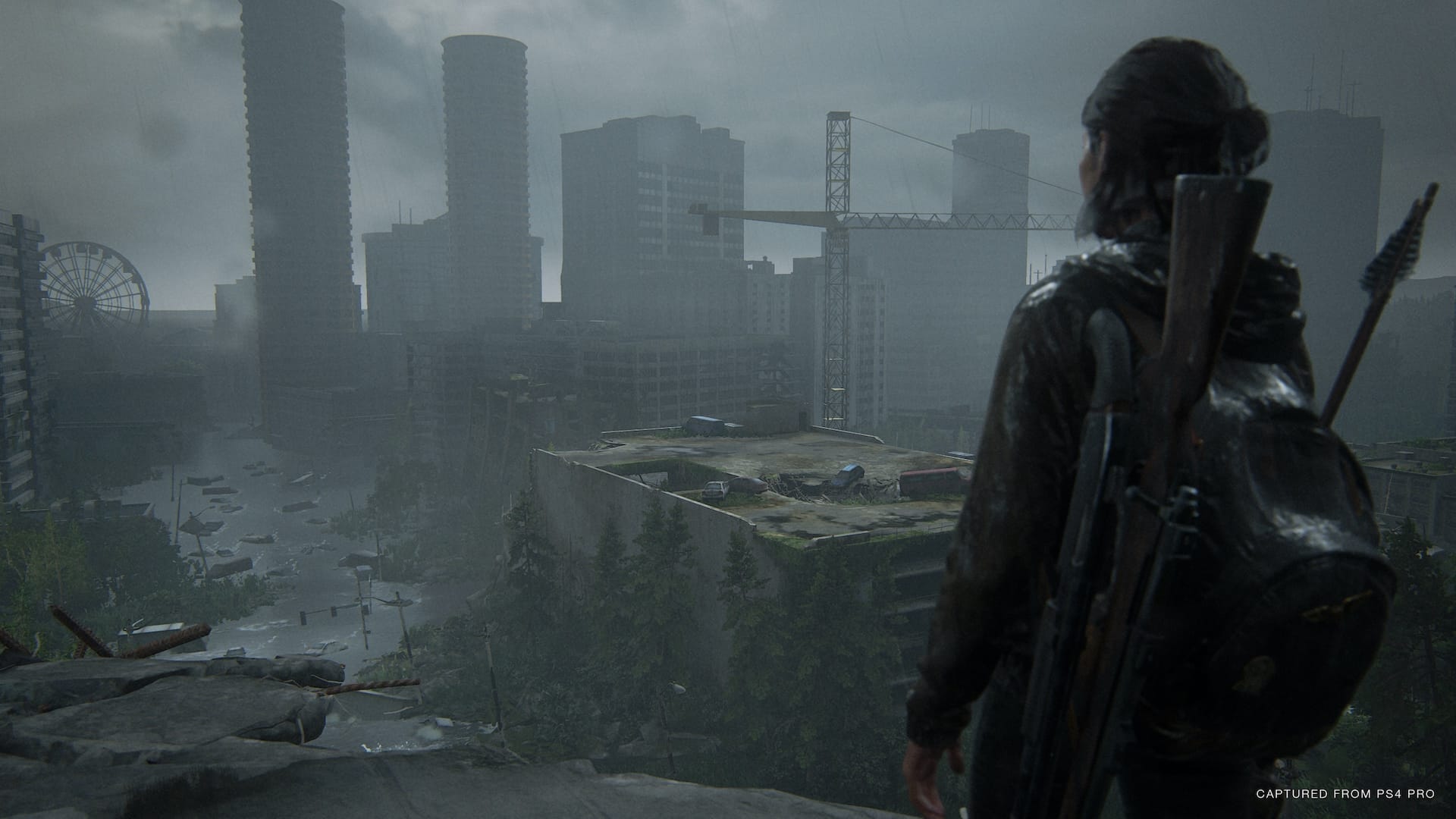
The Last of Us Part II is a harrowing, meticulously crafted character study that pushes the limits of blockbuster storytelling. Naughty Dog threads stealth, improvisational combat, and elegant level design into set pieces that feel emergent rather than scripted. The animation system sells every desperate lunge; contextual audio and haptics amplify fear, remorse, and resolve. Structurally, it’s fearless—fractured timelines, dual protagonists, and uncomfortable perspective shifts create a meditation on cycles of violence and empathy. Mechanically, prone movement, listen mode, and wide‑linear hubs support playful approaches within tense constraints. Accessibility options set an industry standard without compromising challenge or artistry, opening the story to more players. It is as much about quiet humanity—guitars, jokes, dogs—as it is about guilt and survival. You may disagree with its choices, but few games provoke reflection so long after credits roll, and fewer still wield production craft this confidently to serve themes rather than spectacle. Its bruises linger, but so does its hard‑won compassion afterward.
3) The Legend of Zelda: Tears of the Kingdom (2023)
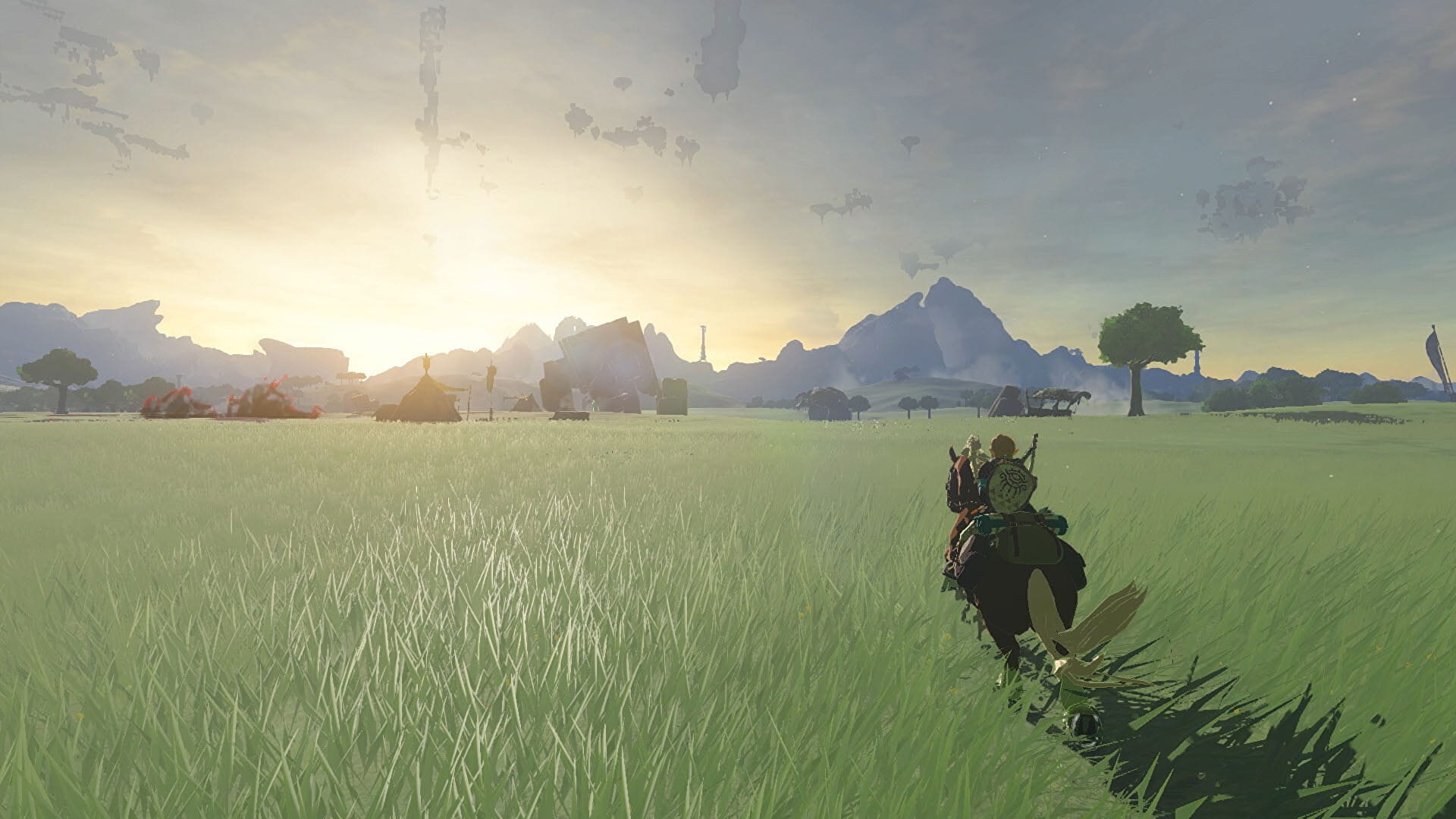
The Legend of Zelda: Tears of the Kingdom turns Breath of the Wild’s systemic playground into a cosmic toolbox. Ultrahand, Fuse, Ascend, and Recall transform puzzles into creative problem‑solving sandboxes: build a rickety airship, stick rockets to shields, reverse a boulder into a Bokoblin camp. Verticality reshapes Hyrule—sky islands and the depths create layered exploration that constantly reframes familiar spaces. Shrines become physics laboratories; dungeons, though thematic, fold seamlessly into the open world; and side adventures surface charming stories with practical rewards. Crucially, player expression is the star: the “right” solution is the one you devise and execute. Weapon durability encourages improvisation instead of hoarding, while Zonai devices unlock playful contraptions that feel like prototypes for future games. Even quiet moments sing, from gliding at dawn to hearing a Stable theme drift on the wind. It’s a towering demonstration that genuine freedom produces humor, surprise, and wonder—three values that keep exploration fresh long after the map seems known. To you.
2) Elden Ring (2022)
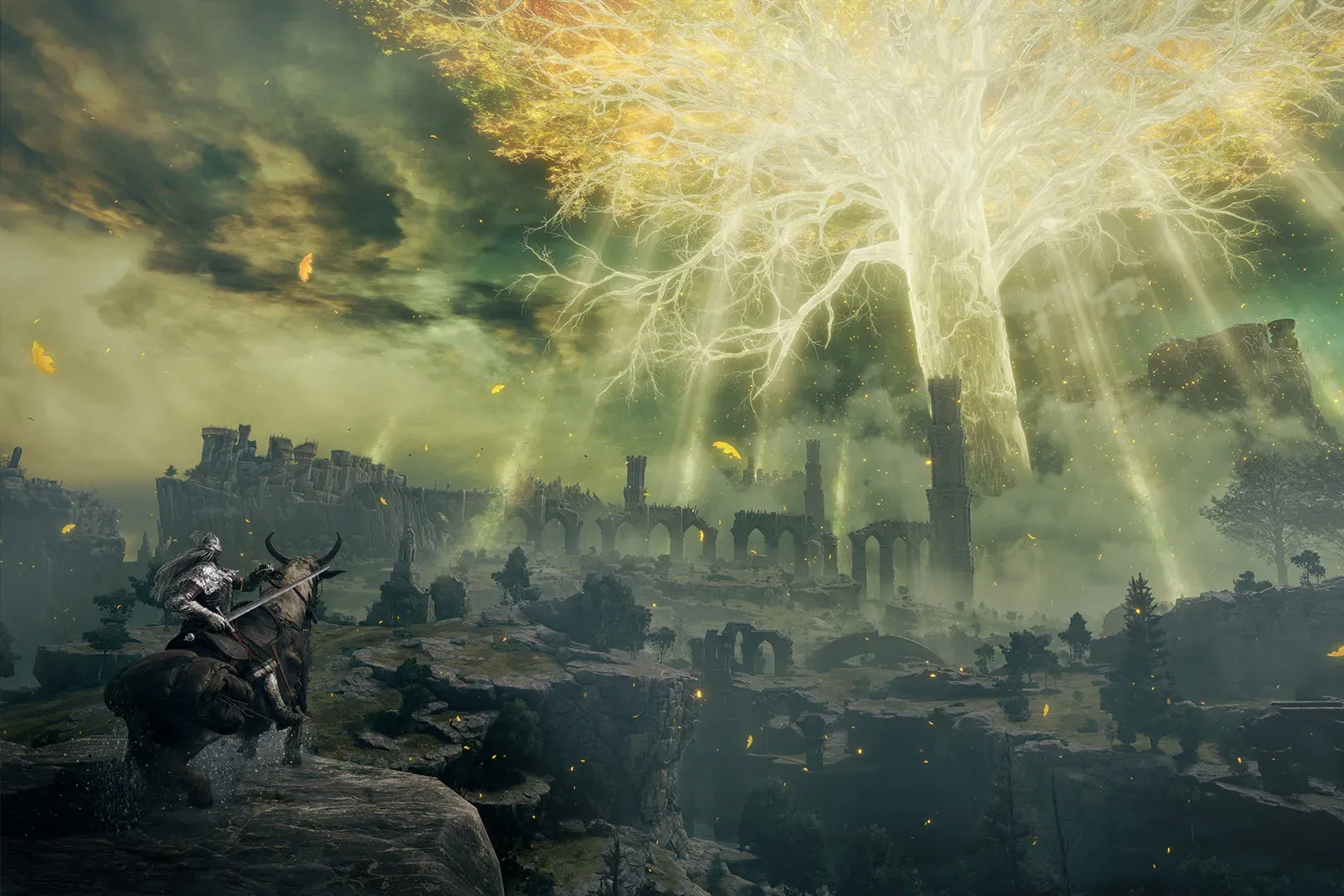
Elden Ring fused FromSoftware’s exacting combat with a truly open world, letting curiosity—not map icons—chart your path. The Lands Between feel authored yet untamed: a tree on the horizon, a carriage stuck in mud, a ruin knitted to a cliff—each a breadcrumb to danger and discovery. Without quest logs, the game trusts you to notice patterns, read item descriptions, and speak to strange wanderers. Its bosses demand patience and improvisation, but Spirit Ashes, jumping, and customizable builds widen viable approaches for newcomers and veterans alike. Every region tells stories through architecture and encounter design, weaving melancholy with menace. Exploration is the point: a wrong turn might reveal a dungeon, a new weapon art, or a dragon sleeping in a lake. From minute‑to‑minute skirmishes to colossal, orchestral showdowns, the combat always rewards learning and restraint. It is the rare open‑world game where the map empties as your knowledge fills, a design that makes discovery feel personal and earned. Utterly, indelibly unforgettable.
1) Baldur’s Gate 3 (2023)
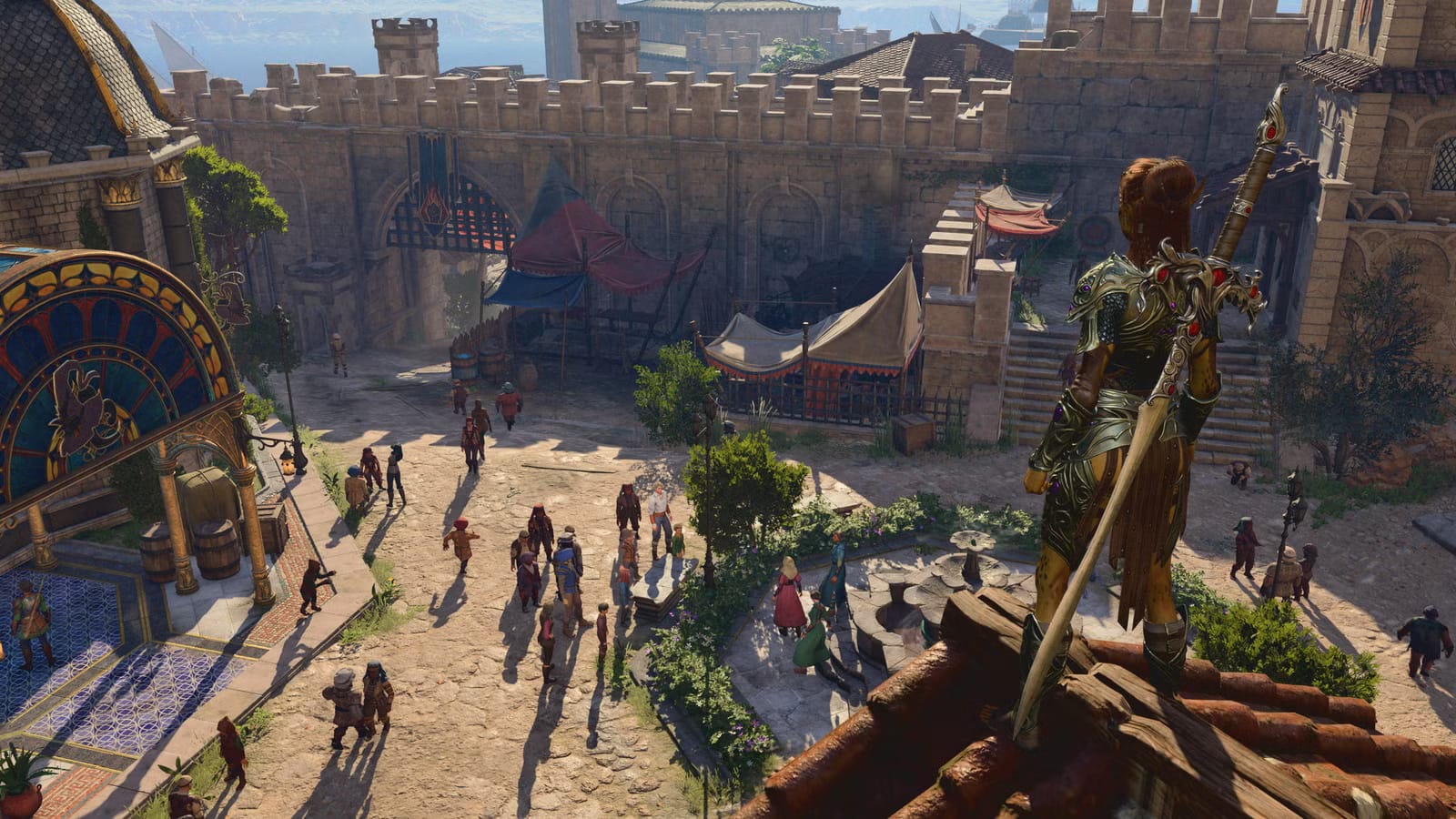
Baldur’s Gate 3 redefined modern RPGs with a dense, reactive world where almost every decision has cascading consequences. Built atop a faithful interpretation of Dungeons & Dragons 5e, it invites experimentation—shoving, stealth, verticality, improvised weapons, even chatting with animals—without breaking narrative coherence. Memorable companions, sharp writing, and performance‑captured acting turn party management into the emotional core of your journey. Crucially, it’s approachable: thoughtful difficulty options, generous quick‑save freedom, and turn‑based clarity make complex encounters legible. Under the hood, systems interlock elegantly—status effects combine, surfaces interact, and environmental hazards reward creative problem‑solving. Act structure and cinematic presentation keep an absurdly large adventure propulsive, while co‑op lets ridiculous plans become shared legends. What elevates it further is empathy: Larian’s quest design consistently acknowledges player intent, rarely chastising curiosity or mischief. The result is a role‑playing epic where story, mechanics, and performance constantly reinforce each other, earning its place among the decade’s defining games. Play sessions feel meaningful, never bloated or ever exhausting.





